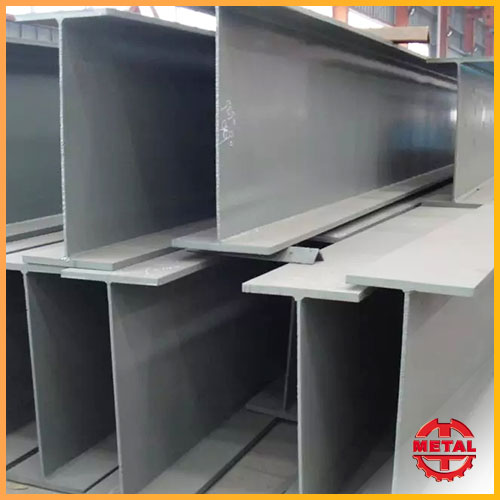Worldwide Pipe Meets Industry Standards
Worldwide Pipe Meets Industry Standards

| Availability: | |
|---|---|
| Quantity: | |
Ipeaa specification:
Size:Ipeaa80-ipeaa200
Material grade:Q235
Product usage:Used for construction

Structure of i beam steel ipeaa description:
I beam steel IPEAA is a beam with an i-shaped cross section. The horizontal element of "I" is called the flange, and the vertical element is called the "web". I-shaped steel IPEAA is usually made of structural steel and used in construction and civil engineering. The i-shaped steel IPEAA resists shearing forces, while the flange resists most of the bending moments experienced by the beam. The theory of I-shaped steel ipeaa shows that the i-shaped section is a very effective form, which can bear both bending and shear loads in the plane of the web.
Main features of i beam steel ipeaa:
• Grade: Q235
• Type: Mild carbon steel
• Deflection: The stiffness of the i-beam will be chosen to minimize deformation
• Vibration: The stiffness and mass are chosen to prevent unacceptable vibrations, particularly in settings sensitive to vibrations, such as offices and libraries.
• Local Yield: caused by concentrated loads (for example, at the support point of the beam).
Ipeaa specification:
Size:Ipeaa80-ipeaa200
Material grade:Q235
Product usage:Used for construction

Structure of i beam steel ipeaa description:
I beam steel IPEAA is a beam with an i-shaped cross section. The horizontal element of "I" is called the flange, and the vertical element is called the "web". I-shaped steel IPEAA is usually made of structural steel and used in construction and civil engineering. The i-shaped steel IPEAA resists shearing forces, while the flange resists most of the bending moments experienced by the beam. The theory of I-shaped steel ipeaa shows that the i-shaped section is a very effective form, which can bear both bending and shear loads in the plane of the web.
Main features of i beam steel ipeaa:
• Grade: Q235
• Type: Mild carbon steel
• Deflection: The stiffness of the i-beam will be chosen to minimize deformation
• Vibration: The stiffness and mass are chosen to prevent unacceptable vibrations, particularly in settings sensitive to vibrations, such as offices and libraries.
• Local Yield: caused by concentrated loads (for example, at the support point of the beam).